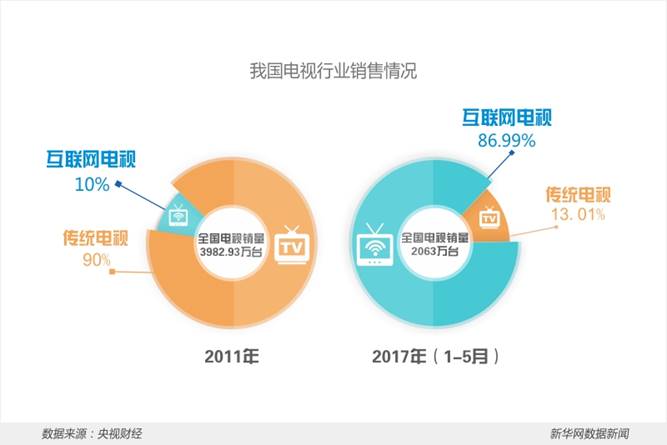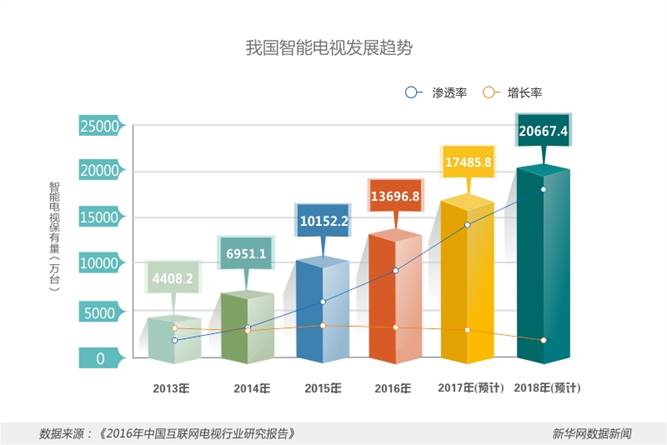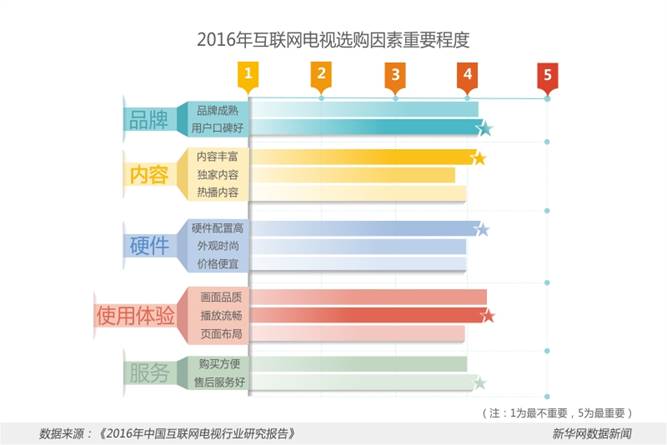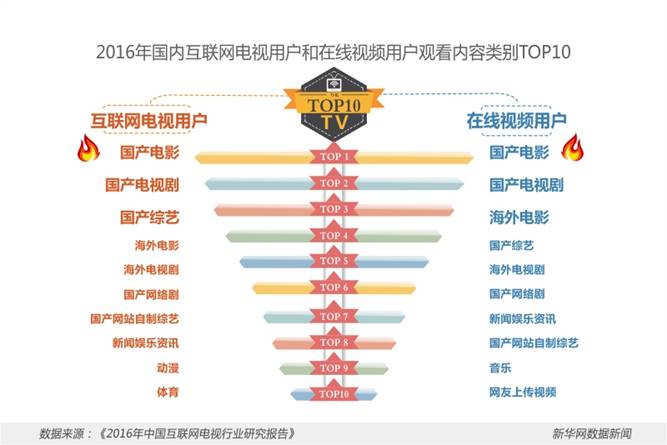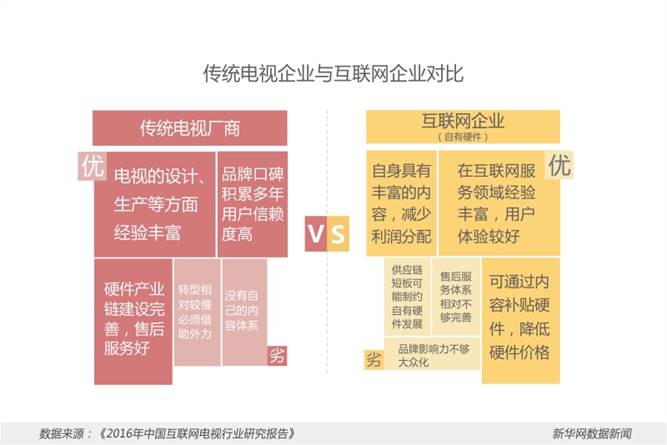Television is one of the greatest inventions of mankind in the 20th century. It is a symbol of the spread and globalization of the modern world. The United Nations set November 21 as the "World Television Day." Today's TV is not only a simple video player, but it is an entertainment complex. The integration of the Internet has redefined TV and reorganized the market structure, bringing more unknowns to the entire industry. A change that conforms to the trend of the times Recently, media reports have reported that many domestic second- and third-tier TV stations have already had a "zero audience rating." Whether this conclusion is accurate and objective remains to be supported by more survey data. However, in recent years, many TV stations have indeed faced a difficult situation. Taking the first half of 2017 as an example, television advertising revenue decreased by about 4% year-on-year, and about 80% TV ratings fell by more than 10%, and more than two-thirds of the ratings were less than 0.5%. The dilemma that television stations have been caught in, in fact, reflects the difficulties faced by the traditional television industry in the era of new media and the Internet. With the advent and promotion of new products such as smart TVs and Internet TVs, the market share of traditional TVs has been squeezed. According to relevant data, traditional TVs accounted for about 90% of the total TV sales in the country in 2011 and from January to May in 2017. The sales of traditional television accounted for only 13%. In fact, in the United States, the number of Internet TV users has already exceeded the number of traditional cable TV users. The content of "Internet TV," which is mounted on smart TV terminals, can be said to have become the most important change in the TV industry. In the current TV market, smart TVs with open platforms and operating systems have become the mainstream of development. With the penetration of smart TVs and the popularity of devices, it has laid a solid foundation for the development of Internet TV. Due to the weaker interaction of traditional TVs, after the popularity of the Internet, many users were away from television and switched to audiovisual content through the Internet. With the development of smart TV terminals, users can more freely and independently select the content they want to watch on TV. The usage habits of the Internet have begun to return to the TV. According to the latest data, the number of Internet TV brands in the market has reached 20, which is in line with the total number of traditional brands. Internet TV utilizes a broadband cable television network and integrates technologies such as the Internet, multimedia, and communications to provide users with a variety of interactive services. It is well-received by the market with its new consumer experience. Users understand the competitiveness The Internet TV industry has been fiercely impacted by the traditional TV industry. So, what are the main audiences who sit in front of Internet TV? The survey shows that the most used TVs at home are young people and elderly people, and most of the decisions for buying Internet TV at home are made by Young people made it, accounting for 67.2% of the total. Therefore, young people are also becoming the main marketing targets for Internet TV sales. According to the survey, in the process of using Internet TV, the specific requirements of users for content are relatively low, but the degree of emphasis on the brand and use experience is higher. According to the content viewed by Internet TV users, the viewing habits of online video users as a whole are not much different, and they are mainly based on domestic or overseas film and television dramas. In the face of the upsurge of Internet TV, traditional TV users are also eager to try. Nearly 80% of ordinary users plan to purchase Internet TV. Among users who use ordinary TVs and Internet set-top boxes, more than 90% are considering switching to Internet TV. In the future, Internet TV will probably completely replace Internet set-top boxes and become users watching TV. The main choice of online content. Industry faces collective "winter"? It must be pointed out that after the Internet TV industry experienced a full-blown outbreak period from 2013 to 2015, it has also entered a turning point in the past two years. With the end of the “low price powder suction†phase and the “industry earthquake†triggered by some brand crisis, the industry currently shows great concern for the development of the Internet TV industry; at the same time, the homogeneity of the Internet TV industry is highly competitive and profitable. Immature and other drawbacks also need to be solved. In addition, the cost pressure caused by the increase in TV panel prices and the lower-than-expected user size are all impacting Internet companies involved in the Internet TV industry. In contrast, the traditional television industry with a complete and mature industrial chain is instead “I don’t stand stillâ€. Perhaps the convergence of Internet TV and traditional TV and the complementary advantages of service, content and terminal production are the trend of the times. Monochrome Lcd-Cob,Cob Graphic Lcd Display,Character Lcd Module,Character Lcd Modules Huangshan Kaichi Technology Co.,Ltd , https://www.kaichitech.com